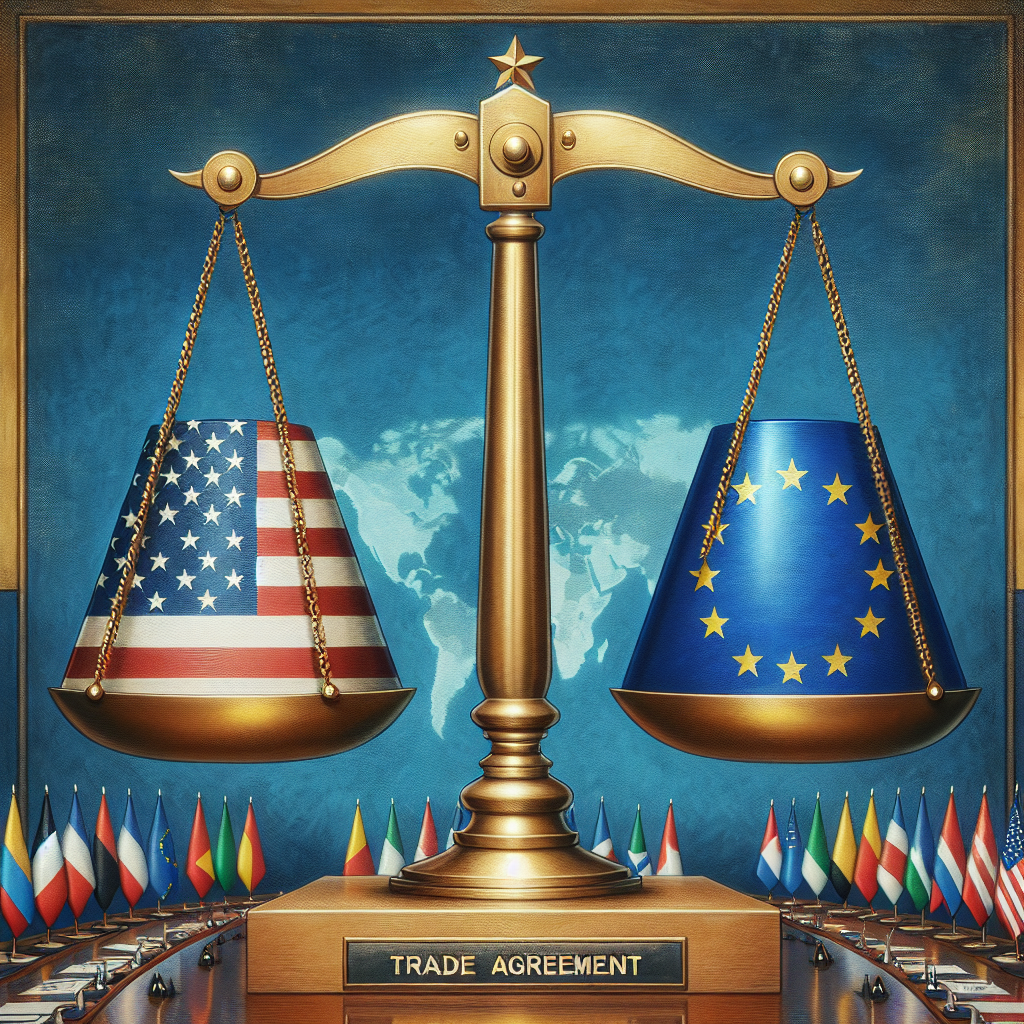U.S.-EU Trade Pact: A Historic Landmark or a Temporary Truce?
The U.S. and EU signed a framework trade agreement to avert a larger trade conflict, imposing a 15% import tariff on EU goods. Despite easing tensions, concerns about future tariff adjustments and fairness remain. The agreement is expected to bolster U.S. investments and energy exports significantly.

The United States and the European Union struck a framework trade agreement to prevent a major trade conflict, imposing a 15% import tariff on most EU goods. This move marks a resolution to tensions between the two trading giants, which constitute nearly one-third of global trade.
U.S. President Donald Trump and European Commission President Ursula von der Leyen announced the agreement after a meeting in Scotland. The new deal sees the EU committing to invest $600 billion in the United States, and to increase its purchase of U.S. energy and military equipment considerably, exceeding the previous week's deal with Japan.
While the deal insulates both economies from an immediate trade war, lingering concerns over fairness and future tariff increases remain. Many EU companies, including influential players like Airbus and Mercedes-Benz, are set to benefit, assuming all agreement details are respected. However, some EU officials worry about the potential imbalance and domestic economic impact.
(With inputs from agencies.)










